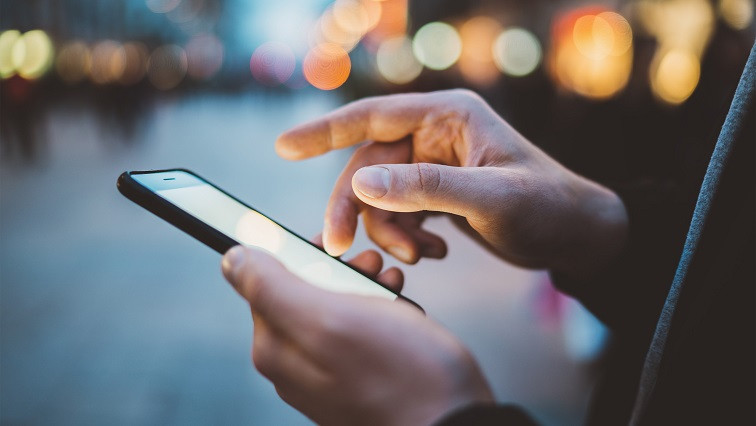Antiviral surfaces are becoming increasingly important in the modern world, particularly when more viral outbreaks are occurring and with increasing ferocity—with recent examples including the coronavirus and SARS outbreaks.
While most viral outbreaks focus on washing and sanitizing hands, in a connected world, many of us spend time on our handheld devices. This provides an opportunity for viruses (and bacteria) to spread between our portable electronics, hands and any surfaces that these electronic devices come into contact with.
The development of a coating that prevents the accumulation and spread of viruses and bacteria is not only an excellent addition for the portable electronics industry, but it also showcases the impact that nanomaterials can have on our everyday life.
Copper Nanoparticles and the Nanoshield Antiviral Technology
Nanoveu's antiviral coatings utilize copper-based nanoparticles as the active antiviral material and offer a non-invasive and unobtrusive way of protecting a user from a range of microbes. It has long been known that copper is an excellent antiviral and antimicrobial agent and has been used in its bulk form to protect against microbes since the 1900s (such as E-coli, influenza, and more recently, MRSA).
However, as the surfaces that need to be protected have become smaller (such as transition from coating pipelines to coating electronic devices), the copper particles used to protect the smaller surfaces have also become smaller. This has led to scientists trialing copper nanoparticles (alongside nanoparticle forms of other bulk antimicrobial agents such as silver) as an antiviral material for significantly smaller surfaces.
There have also been several studies that have shown that copper nanoparticles are more effective antimicrobial agents than their bulk counterparts (assuming the same quantity) because of their greater relative surface area - i.e., copper nanoparticles have a larger active surface area to destroy microbes than bulk copper does.
Pure copper tends to tarnish, regardless of whether it is in bulk or a nano form. This makes it a poor material for handheld electronics when it is in direct contact with the user's hands, as the radiant moisture and heat that arises can cause the copper coating to tarnish faster.
However, there is another option. Rather than using pure copper, it is possible to use copper alloys. Bulk and nanomaterial copper alloys have excellent antimicrobial properties if the concentration of copper within the alloy is more than 62%. This is something that has been certified by the United States Environmental Protection Agency, which has stated that copper alloy surfaces kill more than 99.9% of Gram-negative and Gram-positive bacteria.
This approach was employed by Nanoveu when creating its antiviral nanotechnology coating. The coating itself is composed of a specially designed polymer surface that has copper oxide alloy nanoparticles embedded and dispersed within it. The antiviral properties of the coating itself work when the copper oxide nanoparticles react with oxygen. This redox reaction activates the oxygen molecules, causing them to break into radical species that recombine to produce ozone molecules (O3).
The extra oxygen atom in the ozone molecules then acts as a scavenger molecule that kills any bacteria and viruses within the vicinity of the surface. Because ozone has a relatively short life cycle, the ozone molecules shortly return to oxygen atoms and do not linger in the local atmosphere. The technology has shown that it can eradicate bacteria and viruses within 5 minutes, compared to 96 hours—which is the time that bacteria and viruses can survive on glass surfaces typically found in smartphones.
What the Antiviral Coating Technology can be Used Against
The Nanoshield copper coatings are now being used in independent laboratories across the United States and Singapore to test against the human coronavirus OC43—a virus that shares the same genus as the SARS-CoV-2 coronavirus strain responsible for the COVID-19 disease.
The coating tests on the human coronavirus OC43 were performed to Japanese standard JIS Z 2801/ISO 221916 and killed up to 99.99% of viruses, highlighting the potential in fighting against the COVID-19 viral strain. Aside from being used in trials to tackle one of the most significant viral outbreaks in modern times, the nano copper-based surfaces have also been used to protect against several bacterial strains, including E-coli and influenza-A.
The Potential of Antiviral Coatings for Modern Technology
The coating technology has a lot of potential across many devices, providing that it meets regulatory approval from the Australian authorities.
Nanoveu is looking to establish the coating as a class I medical device, but this needs to be approved by the Australian Therapeutic Goods Administration (TGA). The technology has proven to be a hit in combatting bacterial strains, and it could become a very valuable tool if it is shown to be effective against different coronavirus strains, as well as any new viral strains that come about.
Nanoveu is currently developing different prototypes, including phone cases and screen protectors to protect both sides of a phone. These are expected to be available in the second half of 2020, with preparations underway for the first line of products.
The potential for this technology could be useful for many portable electronics, while the company believes its technology could become a market leader in phone cases and screen protectors due to their inherent antiviral properties. Many similar products on the market require regular ultra-violet treatment to be effective.
Read the original article on Azonano.







